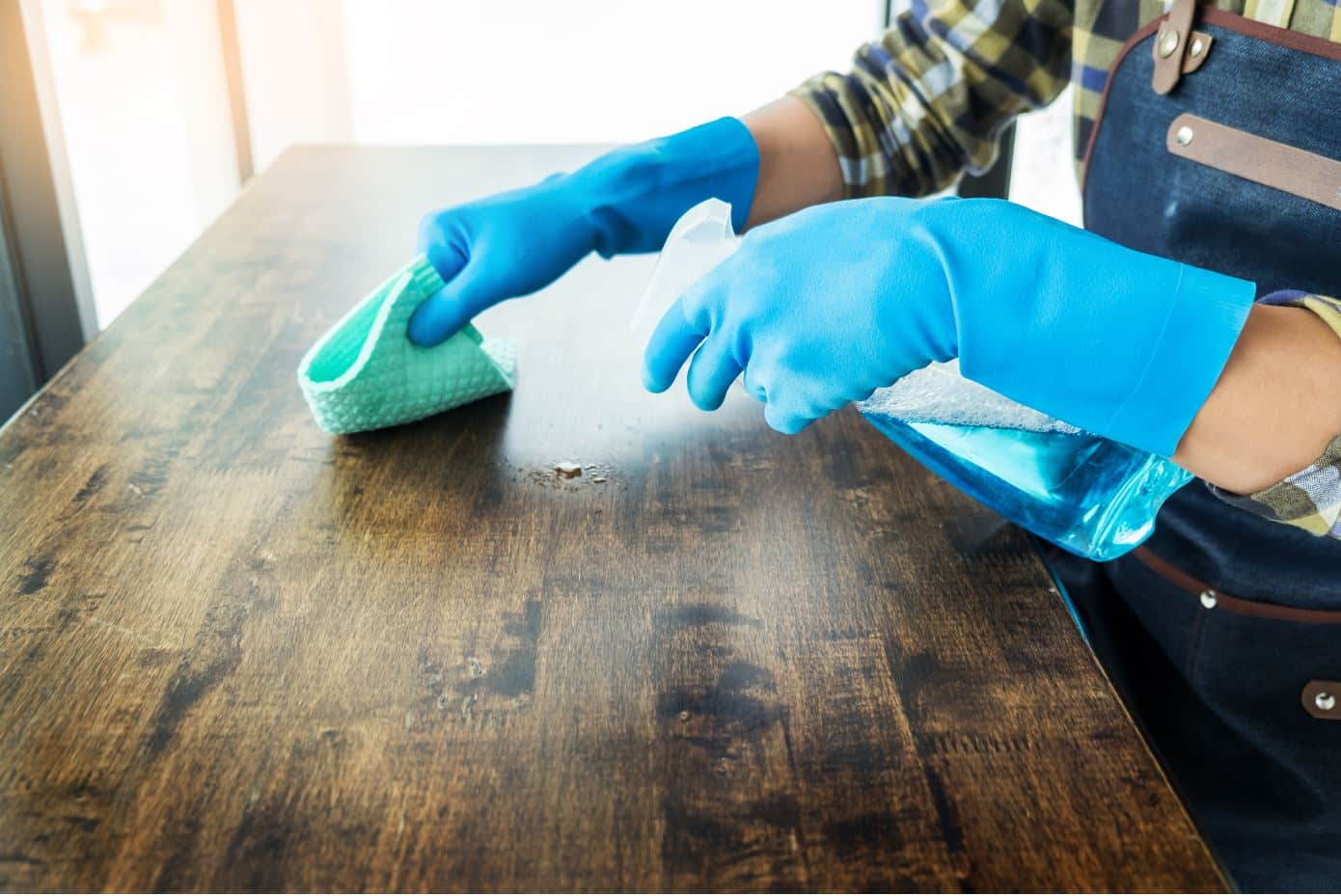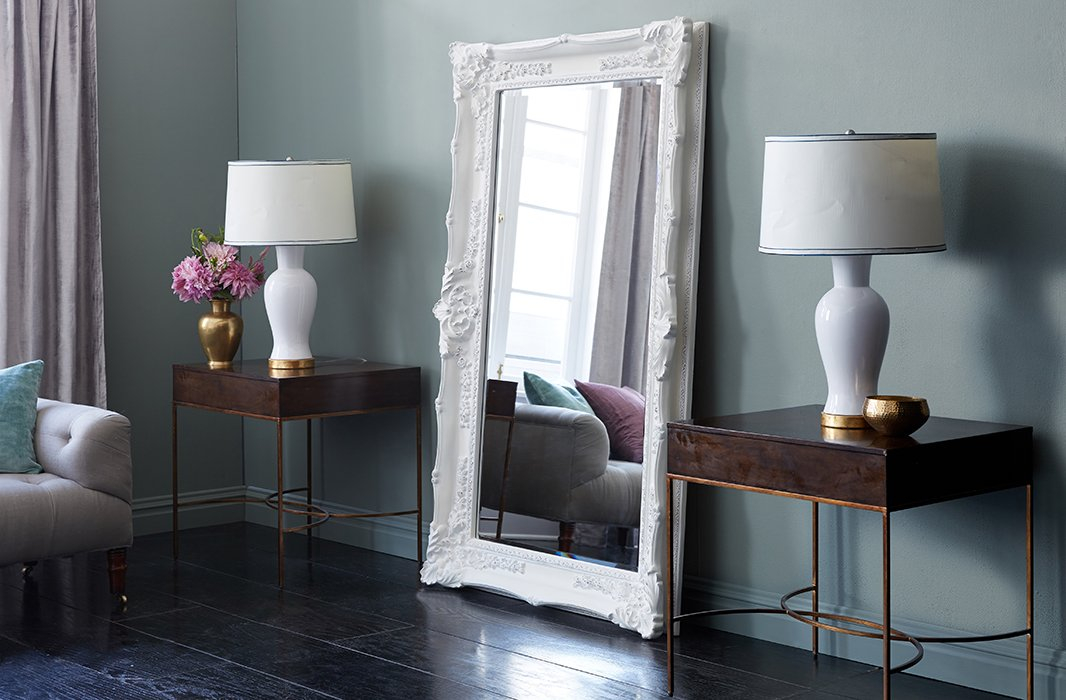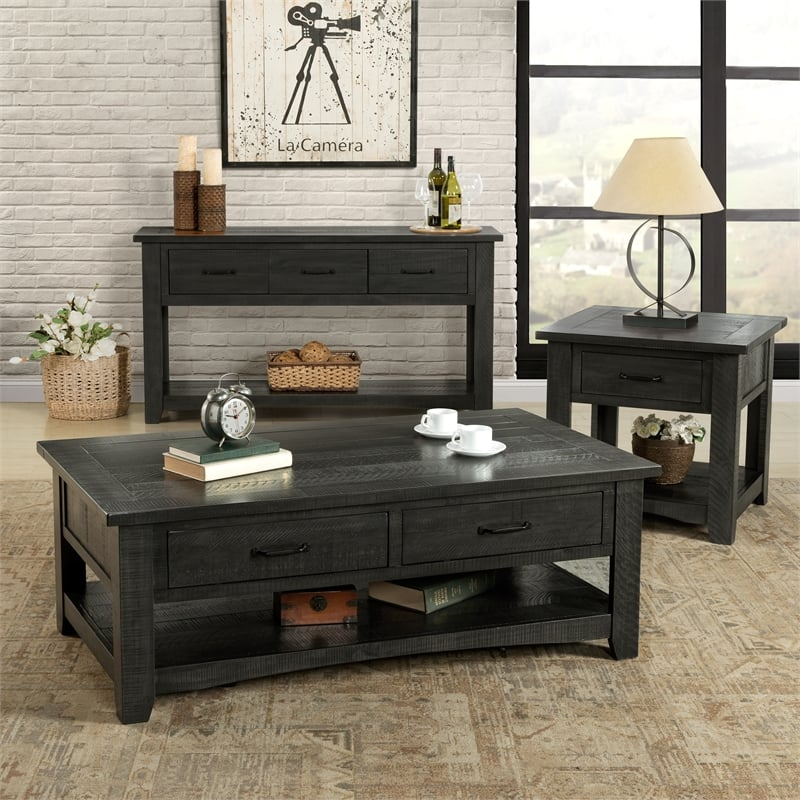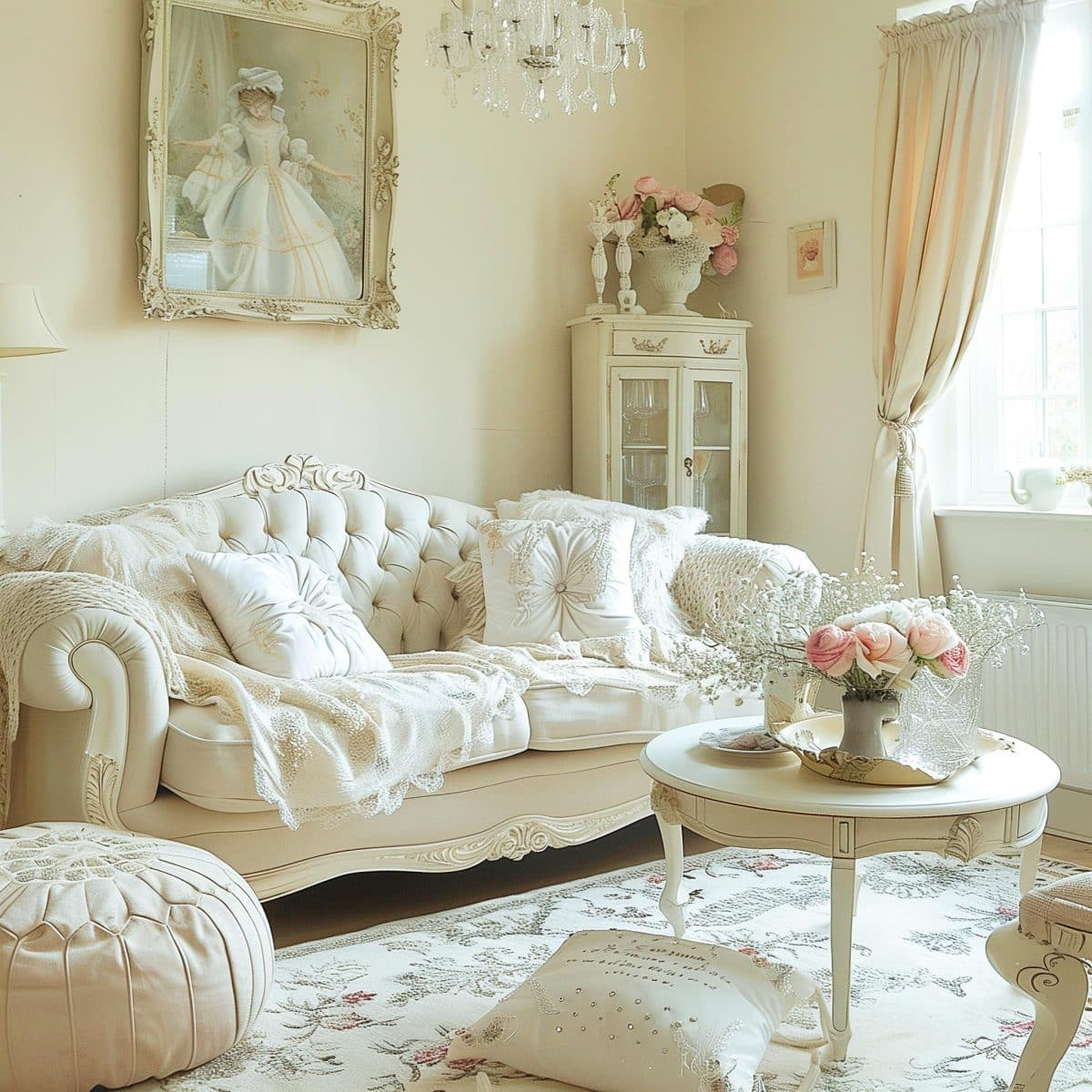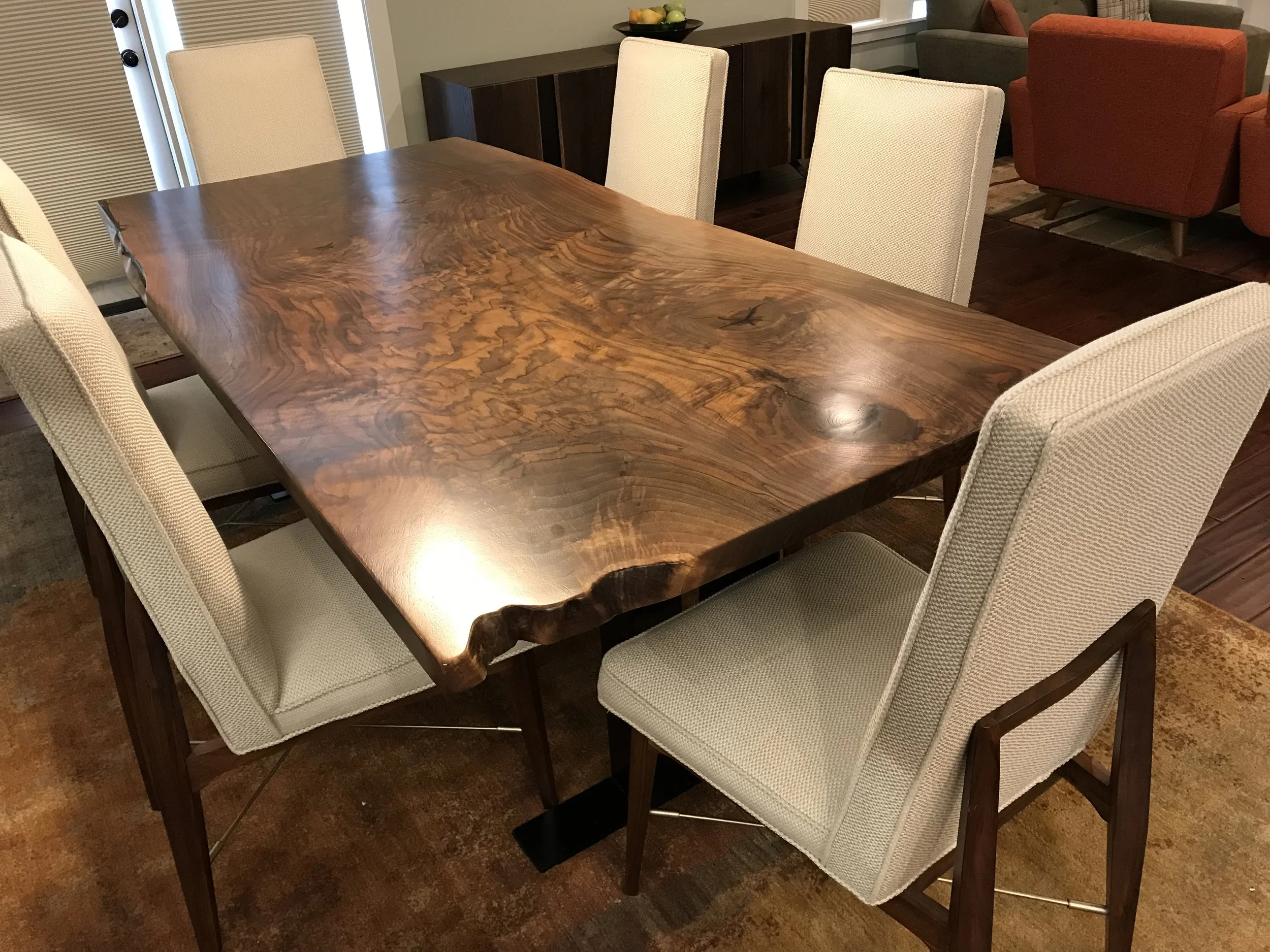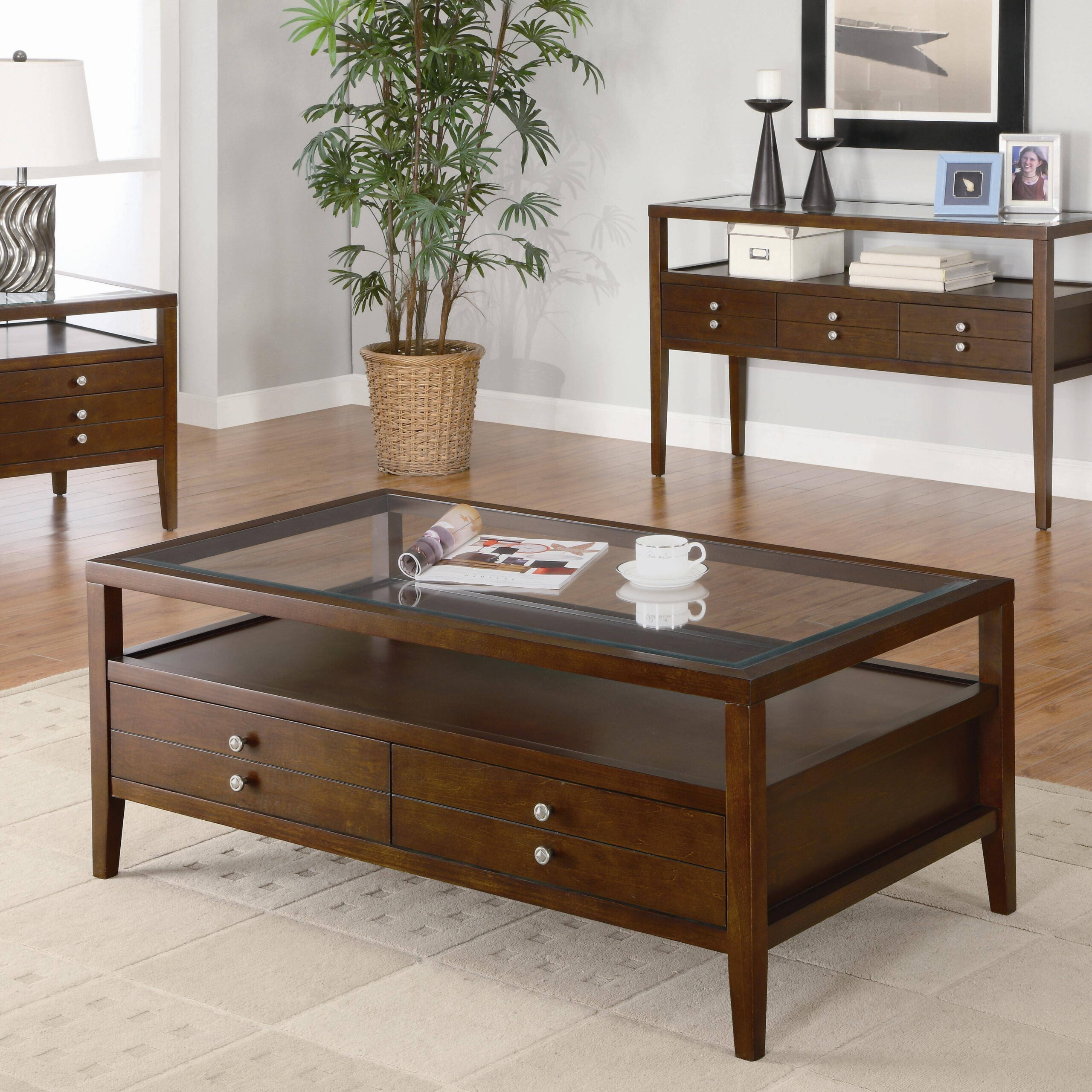That old dresser in the corner, the dining table that’s seen countless meals, or that cherished armchair – they all have stories to tell. But over time, even the most beautiful wood can lose its sparkle. Scratches appear, finishes dull, and a general weariness sets in. The good news? You don’t need to be a master craftsman to breathe new life into these treasured pieces. With a few straightforward techniques, you can easily restore their charm and make them shine once more.
Wood furniture possesses an inherent warmth and character that plastic or metal simply can’t replicate. It ages gracefully, but sometimes, age shows. Think about that coffee table with a ring from a forgotten drink, or the chair armrest worn smooth from years of use. These aren’t necessarily defects; they’re marks of a life lived. Yet, if you’re yearning to see that rich grain and deep luster again, you’re in luck. Revitalizing your wood furniture is more accessible than you might think. It’s about gentle care and the right approach. Let’s dive into some simple, effective methods to make your wooden treasures look their absolute best.
1. The Gentle Clean: The Foundation of Restoration
Before you even think about polishing or repairing, a good, thorough cleaning is paramount. It might sound basic, but it’s crucial. Dust and grime can hide imperfections and make any subsequent treatments less effective. You want to use a cleaner specifically designed for wood, or a mild soap solution (like a few drops of dish soap in warm water). Dampen a soft cloth – never soak it – and wipe down the furniture. For stubborn spots, a bit more gentle rubbing might be needed. Always dry the surface immediately with a separate, clean cloth to prevent water damage. This step alone can make a surprising difference, revealing the wood’s natural hue beneath the accumulated dirt.
2. Tackling Scratches and Minor Blemishes
Ah, the dreaded scratch. For light surface scratches, you might be surprised at what household items can do. For instance, a walnut or pecan can work wonders. Simply rub the nutmeat over the scratch, and the oils can help to fill and disguise it. For slightly deeper scratches, a furniture repair crayon or marker in a matching shade can be a lifesaver. You’ll want to choose a color that closely resembles your furniture’s finish. Apply it carefully, following the grain, and then gently buff with a soft cloth. It’s a simple trick that can significantly improve the piece’s appearance without a full refinishing job.
3. Restoring Luster with Polishes and Waxes
Once your furniture is clean and minor imperfections are addressed, it’s time to bring back that beautiful sheen. Furniture polishes can add a quick shine and offer some protection, but for a deeper, more durable finish, consider a good quality furniture wax. Apply the wax sparingly with a soft, lint-free cloth, working it into the wood in the direction of the grain. Allow it to haze slightly (usually 10-20 minutes), then buff vigorously with a clean cloth. This buffing process is key; it creates that lovely, satiny glow and helps to seal the wood. Regular waxing can protect your furniture from moisture and dust, keeping it looking its best for longer.
4. Dealing with Water Rings and Heat Marks
Those white rings left by hot mugs or damp glasses are a common frustration. Often, they’re just in the finish, not the wood itself. For fresh rings, try placing a dry towel over the mark and then gently ironing over it on a low-heat setting. The heat and dryness can sometimes draw the moisture out of the finish. Another common remedy is to use a paste made from baking soda and water. Apply the paste to the ring, rub gently with the grain using a soft cloth, and then wipe clean and dry. For darker heat marks, a bit more care might be needed, possibly involving specialized wood cleaners or even a light sanding if you’re comfortable with that level of intervention.
5. Nourishing Dry and Dull Wood
Wood, like skin, can become dry and lose its suppleness over time, especially in arid environments or with age. This dryness can lead to a dull appearance and even cracking. To combat this, you can use specialized wood conditioners or natural oils like tung oil or linseed oil (ensure they are pure and not mixed with solvents unless you know what you’re doing). Apply a small amount with a cloth, let it soak in for about 15-30 minutes, and then wipe away any excess. This process nourishes the wood, replenishes lost oils, and can restore a beautiful, healthy sheen. It’s like giving your furniture a spa treatment.
6. Protecting Your Revitalized Treasures
After all your hard work, you’ll want to ensure your furniture stays looking great. Simple protective measures go a long way. Use coasters for drinks, placemats for meals, and avoid placing furniture in direct sunlight, which can fade and dry out the wood. Regular dusting with a soft cloth will prevent abrasive particles from scratching the surface. And don’t forget those periodic cleanings and waxings we talked about. By being mindful and consistent with care, you can maintain the revitalized charm of your wood furniture for years, even decades, to come. It’s a rewarding process.
Revitalizing your wood furniture doesn’t require a huge investment or professional expertise. With these straightforward steps – from a good clean and scratch repair to polishing and protection – you can significantly enhance the beauty and longevity of your cherished pieces. It’s about appreciating the material, understanding its needs, and applying a little patience and care. So, go ahead, give that old piece of furniture some love. You’ll be amazed at the difference a little effort can make, bringing back its original charm and making it a focal point in your home once again.








